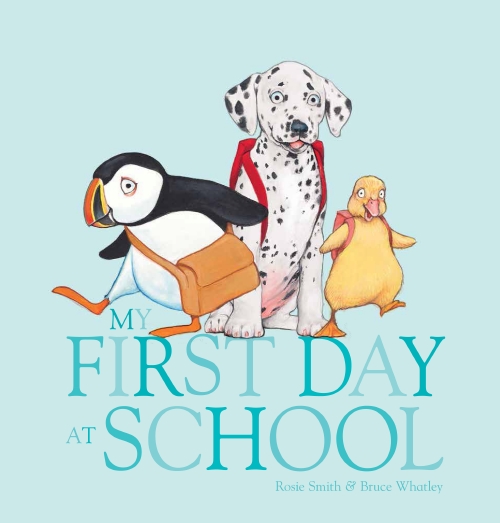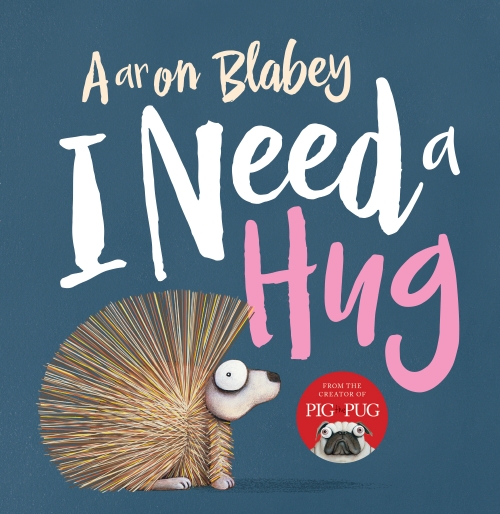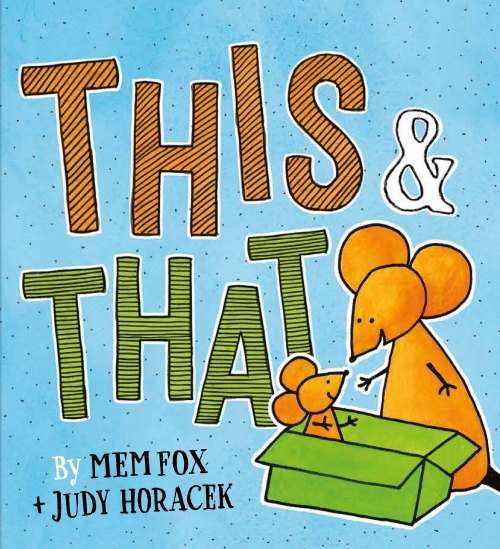
‘I wear eye paint and earrings as a sign of my royal blood, you foolish rat,’ it hissed. ‘I am not an offering. Offerings are made to me. This temple belongs to me. I am the Great Cat, Bastet.’
Ramses Rat is looking for adventure and a place to live, so when he finds the Temple of Bastet, from which come delicious smells, he thinks he has found the perfect home. But what he has found, instead, is an adventure. When Ramses tries to get into the temple, he is stopped by the Rats of the Nile, who say they control the temple. Not only are they determined to keep Ramses out, but they want to remove all other rats from the city. Ramses and his new friend Ka are in danger.
But when Ramses meets the Great Cat, Bastet, he finds an unlikely ally. Bastet does not want the Rats of the Nile ruining her city. With Ramses’ bravery and ingenuity and some help from Bastet, peace is restored.
Ramses Rat and the Great Cat Bastet is a junior novel set in Ancient Egypt, apparently the first in a series. Ramses Rat is an adventurous, interesting character, and the story is told in his first person voice. Readers will enjoy the novelty of having a rat as a viewpoint character, as well as the chance to discover Ancient Egypt. The text is complemented with several full page black and white illustrations.
Ramses Rat and the Great Cat Bastet, by Sally Odgers, illustrated by Dushko Zafirovski
Prints Charming Books, 2015

 Uncle Tom is making himself a coffee. ‘What’s up, pumpkin? Youy’ve got a face as long as a wet week.’
Uncle Tom is making himself a coffee. ‘What’s up, pumpkin? Youy’ve got a face as long as a wet week.’ Kenji let out a scream and jumped to his feet. He had heard of these forest goblins with their red faces and long noses but had never seen one.
Kenji let out a scream and jumped to his feet. He had heard of these forest goblins with their red faces and long noses but had never seen one.


 On my first day…
On my first day… I need a hug.
I need a hug. I’ll tell you a story of this,
I’ll tell you a story of this, If you pick up this book expecting an alphabet book to support young children in learning the alphabet you may be briefly confused or disappointed when you realise that, although it is an alphabet book, it isn’t likely to be of use in teaching letter recognition. However, that doesn’t mean this is not an educational tool, and it is certainly likely to enlighten readers.
If you pick up this book expecting an alphabet book to support young children in learning the alphabet you may be briefly confused or disappointed when you realise that, although it is an alphabet book, it isn’t likely to be of use in teaching letter recognition. However, that doesn’t mean this is not an educational tool, and it is certainly likely to enlighten readers.